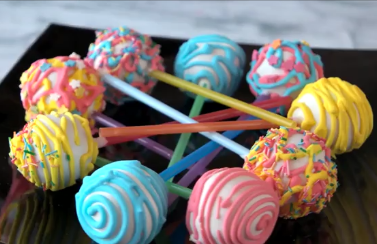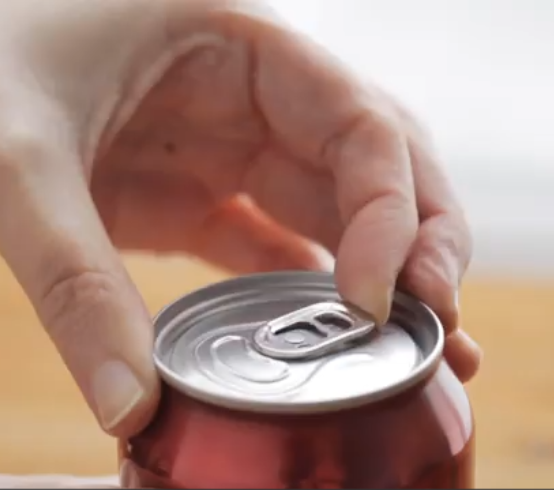| "Descrizione" by A_Partyns (12948 pt) | 2023-Jul-12 09:10 |
Review Consensus: 16 Rating: 8 Number of users: 2
| Evaluation | N. Experts | Evaluation | N. Experts |
|---|---|---|---|
| 1 | 6 | ||
| 2 | 7 | ||
| 3 | 8 | ||
| 4 | 9 | ||
| 5 | 10 |
Sucralose is a disaccharide derivative linked by a glycosidic bond, an organochlorine compound.
It appears as a white crystalline powder
What it is used for and where
Food
It is a synthetic sweetener and is labelled as E955 in the European food additives table.
Cosmetics
Flavoring agent. The purpose of this ingredient is to modify the solution to add flavour. Natural flavouring extracts are rather expensive, so the cosmetic and pharmaceutical industries resort to synthesised substances that have sensory characteristics mostly similar to natural flavourings or are naturally equivalent. This ingredient is isolated through chemical processes or is synthesised from chemicals.

Studies
The concentration of Sucralose in food has an FDA-approved acceptable daily intake (ADI) limit of 0.1 mg/ml in humans: 15mg/kg/day (1).
In this study, however, unlike Acesulfame K, another sweetener, Sucralose, at maximum ADI levels, influenced the relative amount of Clostridium XIVa cluster in faecal microbiome and cholesterol metabolism in laboratory animals (2).
Pregnant and lactating women, children, diabetics, migraine and epilepsy patients represent the population susceptible to the adverse effects of products containing NNS (non-nutritive sweeteners) and should use these products with caution.

The general use of NNS remains controversial and consumers should be fully informed about the potential risks of their use, based on current evidence-based dietary guidelines. An 11-12 year follow-up study in the UK showed that consuming 2 or more servings of soft drinks containing NNS increased the risk of coronary heart disease and chronic kidney disease (3).

In the USA it is called Splenda.
"Sucralose non Carcinogenicity"
- Molecular Formula C12H19Cl3O8
- Molecular Weight 397.63
- CAS 56038-13-2
Synonyms.
- 1',4,6'-Trichlorogalactosucrose
- 1,6-Dichloro-1,6-dideoxy-beta-D-fructofuranosyl 4-chloro-4-deoxy-alpha-D-galactopyranoside
- EINECS 259-952-2
- PubChem Substance ID 329761543
- EC Number: 259-952-2
- Beilstein Registry Number: 3654410
- MDL number: MFCD03648615
- 4,1 ', 6'-trichloro-4,1', 6'-trideoxy-galacto-sucrose
- Trichlorosucorose
References______________________________________________________________
(1) Bian X, Chi L, Gao B, Tu P, Ru H, Lu K. Gut Microbiome Response to Sucralose and Its Potential Role in Inducing Liver Inflammation in Mice. Front Physiol. 2017 Jul 24;8:487. doi: 10.3389/fphys.2017.00487.
(2) Uebanso T, Ohnishi A, Kitayama R, Yoshimoto A, Nakahashi M, Shimohata T, Mawatari K, Takahashi A. Effects of Low-Dose Non-Caloric Sweetener Consumption on Gut Microbiota in Mice. Nutrients. 2017 Jun 1;9(6). pii: E560. doi: 10.3390/nu9060560
(3) Nonnutritive sweeteners: current use and health perspectives: a scientific statement from the American Heart Association and the American Diabetes Association.
Gardner C, Wylie-Rosett J, Gidding SS, Steffen LM, Johnson RK, Reader D, Lichtenstein AH, American Heart Association Nutrition Committee of the Council on Nutrition, Physical Activity and Metabolism, Council on Arteriosclerosis, Thrombosis and Vascular Biology, Council on Cardiovascular Disease in the Young., American Diabetes Association. Diabetes Care. 2012 Aug; 35(8):1798-808.
| Evaluate |

